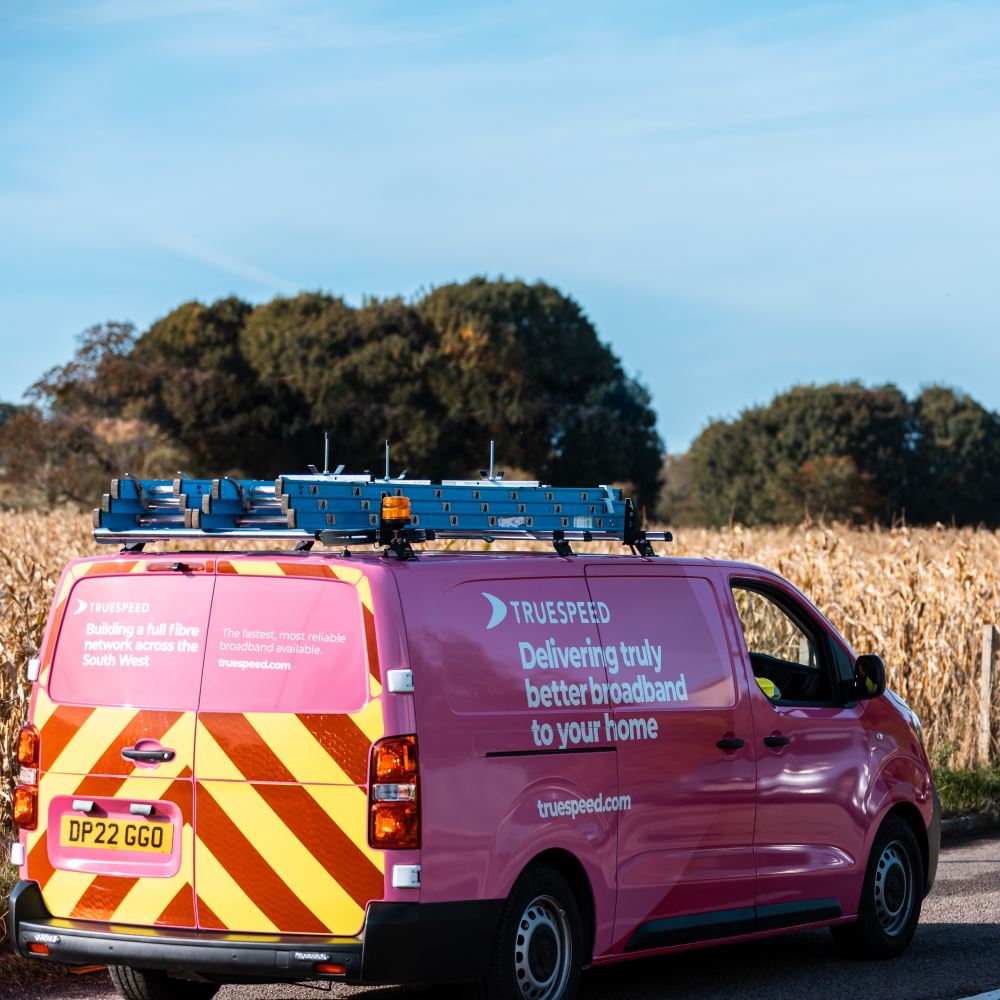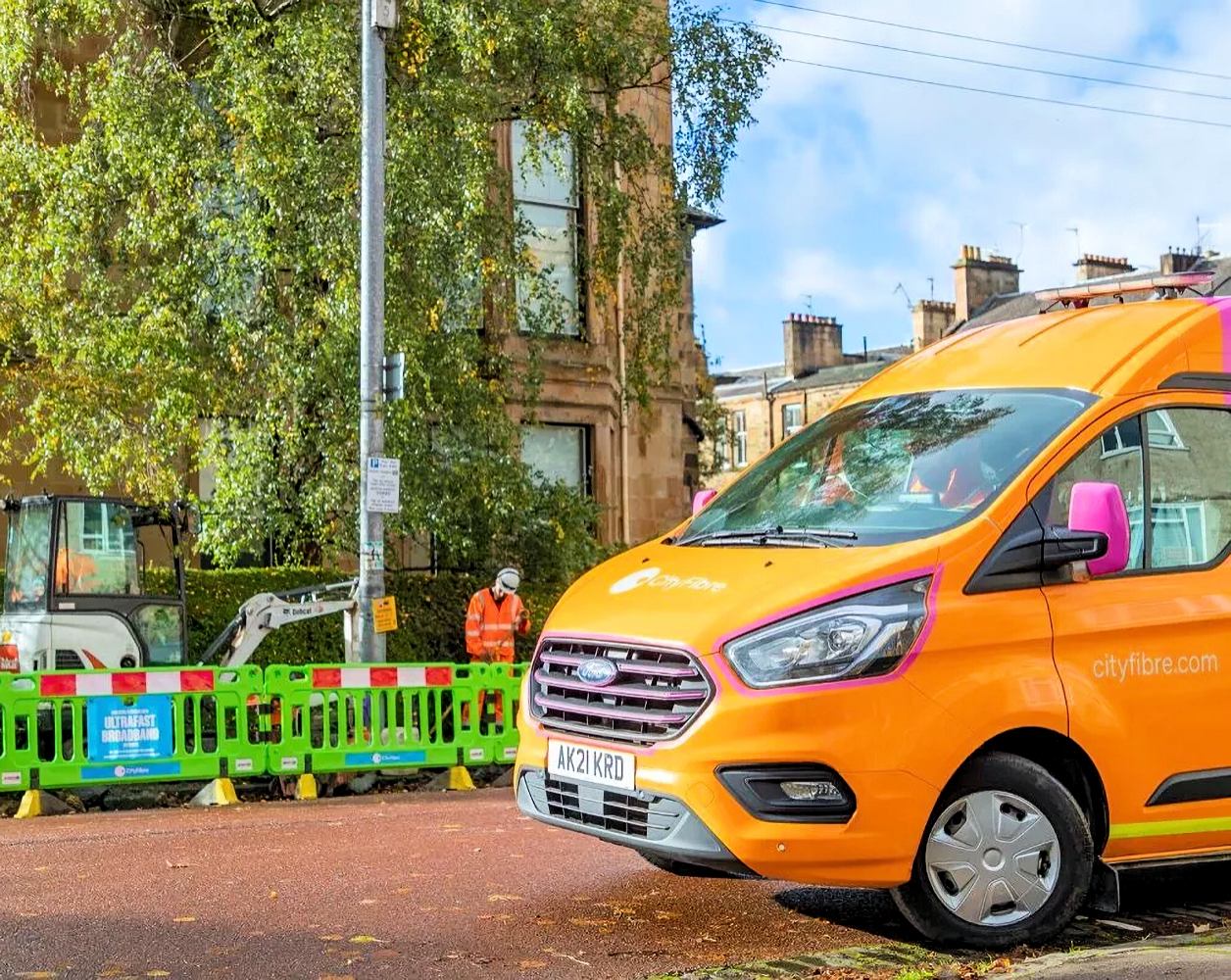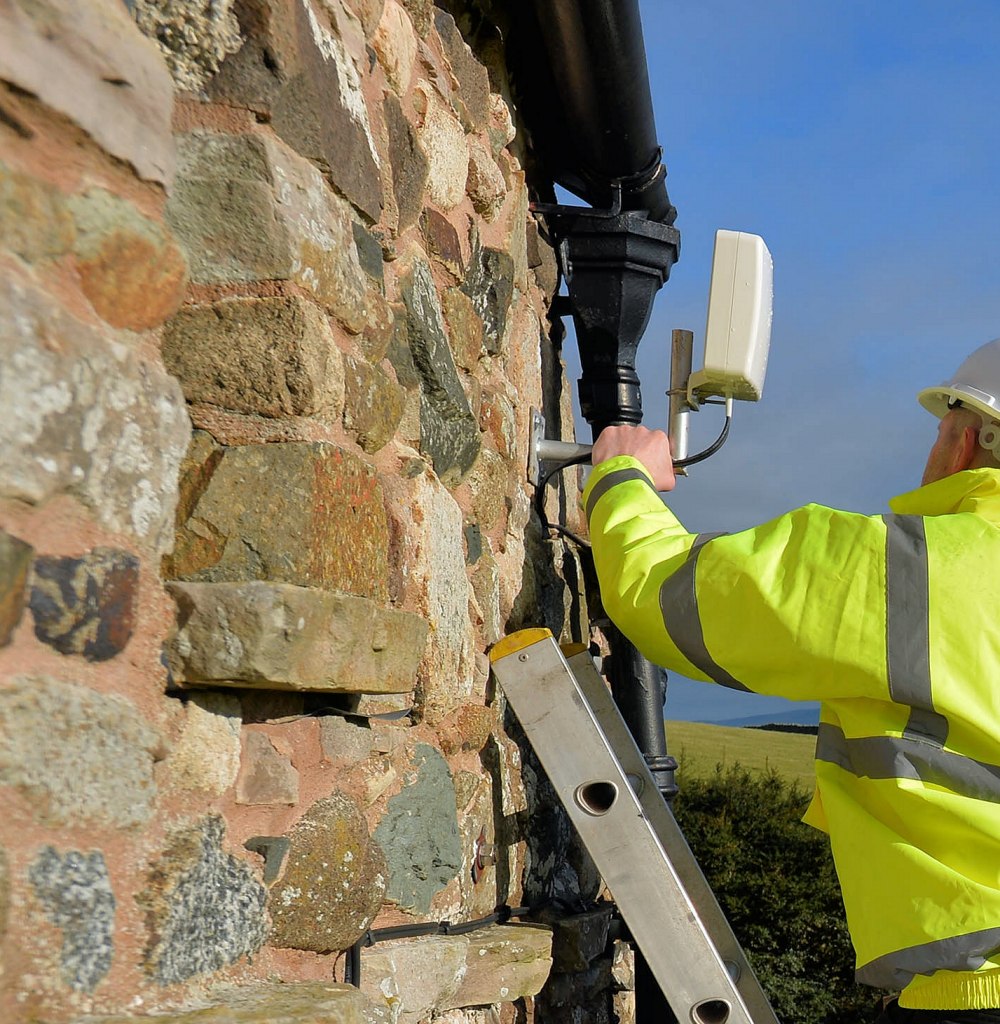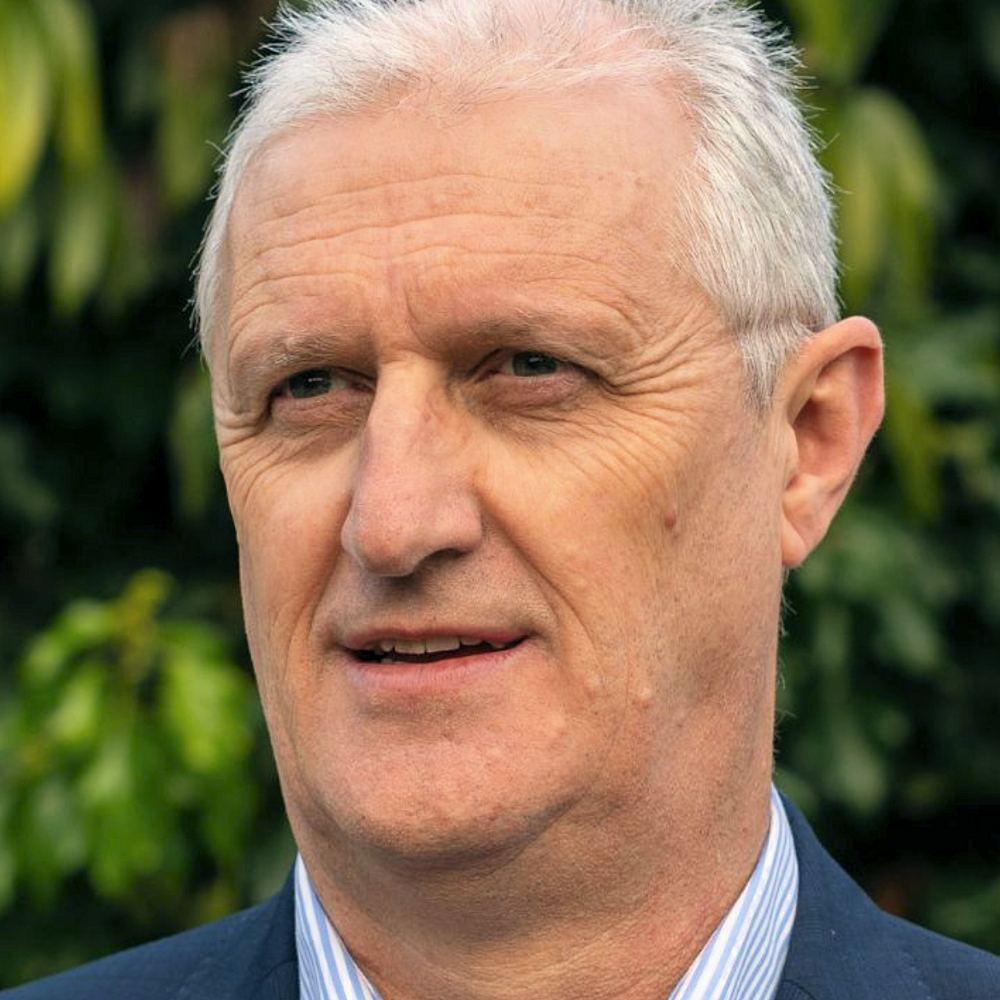DCF Report Warns Investment Gap May Limit UK 5G Rollout

A new report from the Digital Connectivity Forum (DCF), an industry think-tank, has warned that the UK’s rollout of faster 5G based mobile broadband networks may struggle to achieve some of its much-hyped goals by 2030 because of an investment gap of around £3 billion to £5 billion.
At present EE, Three UK, O2 (VMO2) and Vodafone are all busy deploying ultrafast 5G networks across the country, with both EE and Three UK having already achieved a population coverage of greater than 50%. The exact coverage target of each operator is not always clear, but EE has said that they’re aiming to reach “over 90% of [the] UK’s landmass” by 2028 (here) – with the rest being tackled via on-demand solutions.
However, the new report – ‘The Investment Gap to Full 5G Rollout‘, which was written in collaboration with Frontier Economics and examines the capacity of network operators to invest in new high-capacity, high-speed wireless 5G services, warns that the current level of investment may not be enough to get the most out of the new technology.
It finds that the industry can invest approximately £9 billion in new network infrastructure by 2030. It also finds that even this substantial investment falls short of the cost of delivering full 5G – estimated by the report to be an additional £23-25 billion. The report finds that only this greater level of investment can deliver transformative new services dependent on 5G, such as autonomous vehicles, automated logistics and telemedicine.
Key findings:
(i) The industry is projected to invest approximately £9bn for 5G purposes by 2030.
(ii) This investment can deliver substantial 5G investment to increase capacity to meet the continued increases in traffic demand. However, the costs of deploying networks sufficient to meet both expected traffic demand and UK-wide deployment of basic 5G functionalities across the existing mobile network footprint could lead to a £3 billion to £5 billion investment gap for the industry by 2030 – this likely means that the UK wide rollout of 5G will not be achieved by 2030.
(iii) Deploying networks with enhanced 5G quality and coverage to semi-rural locations (i.e. beyond the existing mobile footprint in those areas) would require an additional £10 billion investment – significantly increasing the investment gap.
(iv) To deliver the full capabilities of 5G by investing to enable all advanced 5G use cases in urban locations (e.g. those relying on ultra-low latency) or bringing reliable 5G connectivity to the rest of the UK would imply still larger investment gaps.
At this point it’s worth noting that investment isn’t the only obstacle that mobile operators face, which is neatly illustrated by today’s other story on the situation in West Berkshire (here), where the local authority is making it particularly difficult to build new masts.
Alex Mather, Head of the Digital Connectivity Forum, said:
“If you are using a newer smartphone or tablet in many of the UK’s bigger towns and cities, there’s a high chance that you’re already making use of high-speed, high-capacity 5G. The sector is already re-investing these revenues in more locations and more capacity.
But 5G isn’t just faster 4G – it has the ability to unlock innovative new uses and technologies, ranging from autonomous vehicles to advanced remote medical services. These technologies have the potential not only to increase the productivity of the nation and boost UK competitiveness, but also to improve the quality of services that the Government provides.
Our research finds that there is a real risk of these revolutionary benefits not being realised. To make a reality of the Government’s levelling up agenda, to boost productivity, growth and competitiveness requires action. We therefore encourage the Government and industry to work together to ensure that intensive and timely investment is delivered.”
The report also sets out a range of recommendations, from direct support to industry to regulatory and structural reform, which would assist in closing this predicted investment gap and ensuring that the full potential benefits of 5G are realised. This bit is a bit long, so we’ll just do a simple copy and paste.
POLICIES THAT COULD REDUCE THE COSTS OF DEPLOYMENT
Spectrum policy. Policy makers could consider accelerating the release of additional spectrum for mobile use in order to support the higher demand for traffic and the development of advanced use cases. For example, the 600 MHz and U6 GHz53 spectrum bands are currently being considered to support 5G deployment across Europe54 with Ofcom also considering other higher capacity spectrum bands within 7 – 20 GHz and above 100 GHz spectrum ranges.55 This may be particularly important in urban areas as the lack of space to install additional sites means that mobile operators could use more spectrum to provide capacity (instead of further densification of sites) and in rural areas to improve quality of coverage. As such, we consider that a supportive spectrum policy to address the needs of mobile operators could have a significant impact on the gaps already identified and help avoid future investment gaps.
Network sharing. Sharing network infrastructure and equipment reduces the overall cost to the industry by removing duplications of fixed costs. There is scope for policy to further simplify or promote network sharing through updating the guidance on the assessment of joint ventures and define broader exceptions (similar to those for the Shared Rural Network) where joint development is permitted.56 This could include the deployment of neutral host active networks, allowing mobile networks to deliver services over a single network operated by a third party.
Consolidation. Consolidation of mobile networks would remove the need to duplicate mobile infrastructure, thereby reducing the fixed costs of roll out between the two merging operators. Policy makers should therefore take this into account as part of their assessment of any potential mergers.
Equipment costs: Mobile operators are also concerned with the lack of choice among equipment vendors as this increases the cost of equipment. OpenRAN could be an option to improve this situation as it enables interoperability between different hardware and software vendors, thereby leading to an improvement in choice, competition and innovation. Therefore, a potential lever for policy makers, although one that is unlikely to immediately impact on the ability to invest in light of a lack of concrete solutions to deploy, is to provide more support and funding to accelerate the development and use of OpenRAN.
Other rollout barriers: We understand from stakeholders that practical rollout barriers (that can result in suboptimal rollout and hence increases in costs or inability to rollout) have to some extent been dealt with. Recent policy decisions such as the DCMS and MoHCLG (now DLUHC) led reforms to permitted development rights and the Government’s barrier busking task force have greatly improved the ability to rollout. In the context of further enabling the efficient deployment of networks, planning decisions could place greater emphasis on efficiency by considering the extent of parallel rollout and highlight to permission seekers where opportunities for joint infrastructure use may exist.
POLICIES THAT INCREASE THE COMMERCIAL VIABILITY OF 5G
Government subsidies, Licence fees and taxes. Direct financial support to network operators and infrastructure owners or collaboration in the form of a public private partnership could help increase the deployment of 5G networks across the UK. This may be particularly important for rural or harder to reach areas as funding in these areas is unlikely to displace any private investments. The existing SRN programme for 4G is a helpful precedent but, given our earlier cost analysis, the required intervention for 5G would be likely to expand beyond the existing level of SRN support. For example, the SRN programme was only designed to increase 4G coverage to cover hard to reach areas whereas our advanced 5G scenarios above does not cover the costs that is needed to provide geographic coverage for 70% of the UK. In the provision of these direct subsidies, the Government should also note the diverse industry landscape and the synergies that actors can contribute to the efficient deployment of 5G, from equipment vendors (OpenRAN) to TowerCos (single site sharing) and MNOs (joint 5G rollout and service provision). Policy makers could also consider providing mobile operators with low interest loans to support deployment. For example, the Government could consider using some of the funds from the Infrastructure Bank to finance 5G deployment as 5G could be a key enabler of economic growth across the UK.
Network operators pay annual licence fees (ALFs) for spectrum after the end of the initial term of auctioned licence. While in theory these fees should not affect operators’ investment incentives (as they are effectively a sunk cost), they do reduce the operating cash flow available for investment. For example, the mobile industry currently pays £325 million per year in ALFs57 and some of this could be reinvested to support network deployment.
Tax policy can also be used to incentivise investments. For example, the business rates fibre relief granted to new fibre investments or the super-deduction58 for investment is a template policy makers can apply to 5G investments.
Unlocking new use cases. A less direct approach to improve the revenue side (or the certainty of future revenues) relates to the viability of use cases and policy makers can explore ways to support the development of new 5G use cases by directly promoting the technologies that rely on the infrastructure. For example, public sector migration to 5G, promoting IOT in public functions (such as traffic management) and promoting other technologies (such as driverless vehicles and other mobility use cases) could increase the commercial viability of operators to invest in 5G. This may also require addressing potential ‘hold up’ problems where potential gatekeepers in the supply chain could capture the majority of the value enabled by the mobile industries investment in advanced 5G capabilities.
Net neutrality. Net neutrality rules can restrict mobile operators’ ability to set specific tariffs which provide enhanced services for certain applications or users. This may be problematic for some advanced 5G use cases which require the operator to treat and prioritise traffic differently between different use cases (e.g. mobile internet traffic vs traffic from driverless cars). This means that more targeted forms of net neutrality could be explored to promote the ability of telecommunication operators to set optimal tariffs which could expand output of new use cases and telecommunication services, and thereby incentivise further investment in 5G. This could include the greater use of effects based tests59 to determine if any practices should be prohibited and avoidance of formalistic rules to determine whether a practice is prohibited by net neutrality.
Mark is a professional technology writer, IT consultant and computer engineer from Dorset (England), he also founded ISPreview in 1999 and enjoys analysing the latest telecoms and broadband developments. Find me on X (Twitter), Mastodon, Facebook and Linkedin.
« West Berkshire Makes it Harder to Rollout 5G Mobile Networks
Latest UK ISP News
- FTTP (5673)
- BT (3553)
- Politics (2588)
- Openreach (2334)
- Business (2312)
- Building Digital UK (2267)
- FTTC (2056)
- Mobile Broadband (2025)
- Statistics (1819)
- 4G (1712)
- Virgin Media (1661)
- Ofcom Regulation (1488)
- Fibre Optic (1419)
- Wireless Internet (1412)
- FTTH (1382)






















































There’s only an investment gap because nobody knows what the point of 5G is, so few people are willing to pay for it.
If there was a great use case, users would demand it, and the investment case would improve.
Pushing for billions of investment in a technology that is a solution looking for a problem (no, not autonomous cars – the key word there is *autonomous* – they don’t need 5G) is madness.